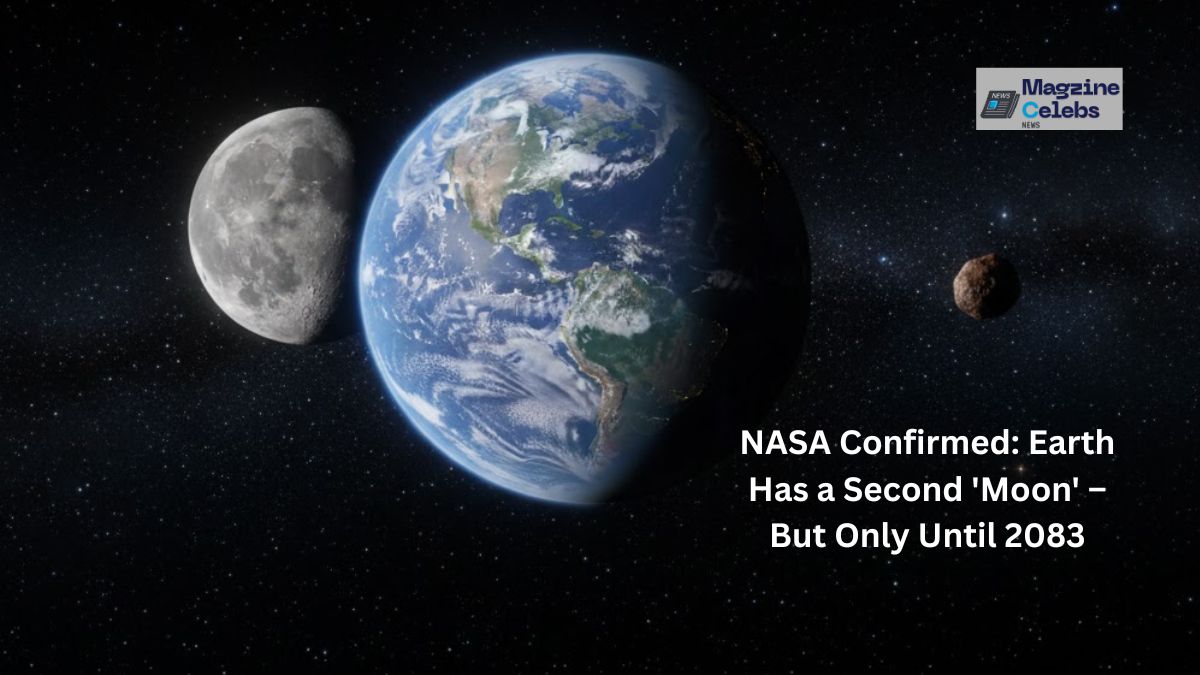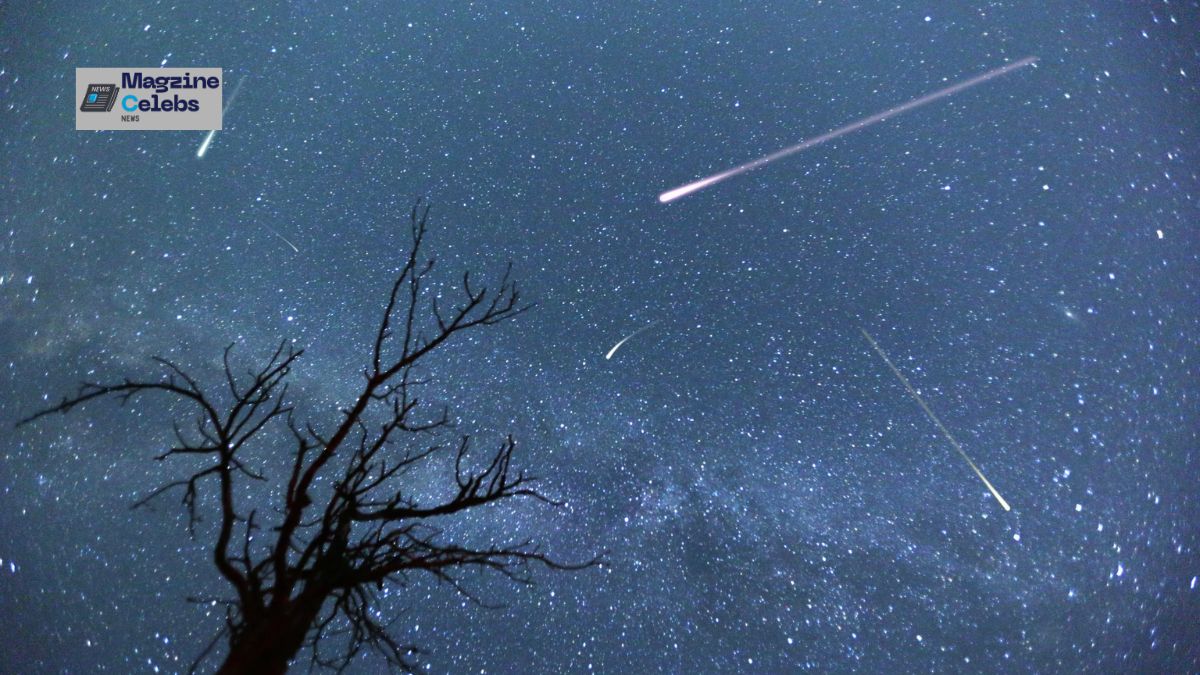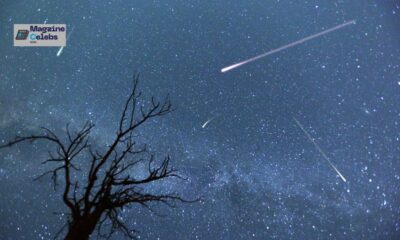Science
NASA Confirmed: Earth Has a Second ‘Moon’ – But Only Until 2083

WASHINGTON D.C. – In a captivating celestial development, NASA has confirmed the presence of a long-term companion orbiting Earth, effectively acting like a second, albeit temporary, moon. This small asteroid, designated 2024 PT5, is locked in a complex gravitational dance with our planet and is expected to remain a quasi-satellite until around 2083.
While not a moon in the traditional sense like our large, permanent satellite, 2024 PT5 is classified as a quasi-satellite or co-orbital companion. This means that although it orbits the Sun, its path is heavily influenced by Earth’s gravity, keeping it relatively close to us for an extended period. It follows an elliptical path that makes it appear to orbit Earth from our perspective, though it isn’t gravitationally bound to us in the same way our Moon is.
The discovery and tracking of objects like 2024 PT5 are part of NASA’s ongoing mission to identify and monitor Near-Earth Objects (NEOs). Astronomers using sophisticated telescopes and orbital calculations confirmed the asteroid’s unusual path and its long-term stability as a temporary companion.
“Objects like 2024 PT5 are fascinating cosmic neighbours,” explained a planetary scientist. “They offer clues about the dynamics of our solar system. While it’s not a permanent ‘second moon,’ its decades-long presence in Earth’s vicinity is a remarkable phenomenon.” For more mind-bending science stories, explore our Science section.
Earth has captured temporary ‘mini-moons’ before – small asteroids briefly pulled into orbit – but 2024 PT5’s extended stay as a quasi-satellite is noteworthy. Its current trajectory keeps it nearby, looping around our planet in its journey around the Sun.
So, what happens after 2083? Orbital projections suggest that 2024 PT5’s path will eventually diverge, and its close relationship with Earth will end, sending it on a different course through the solar system. Until then, however, Earth technically enjoys the company of two celestial partners – one ancient and familiar, the other a fascinating, temporary visitor.
Verified Outbound Link: Learn more about Near-Earth Objects and NASA’s monitoring efforts at the Center for Near Earth Object Studies (CNEOS).
Science
Want to See 20 Meteors an Hour? Here’s How and When to Watch

Stargazers are in for a treat as the Orionid meteor shower, one of the most reliable and beautiful celestial displays of the year, reaches its peak tonight. If you’re hoping to catch a “shooting star,” tonight is your best chance to see this spectacular event, which is famous for its bright, fast-moving meteors.
The Orionid meteor shower is active throughout October, but the peak activity happens on the night of Tuesday, October 21st, into the pre-dawn hours of Wednesday, October 22nd. During this window, viewers can expect to see approximately 15 to 20 meteors per hour under ideal conditions.
What makes the Orionids special is their origin. These meteors are actually tiny fragments of dust and debris left behind by one of the most famous comets in history: Halley’s Comet. As Earth passes through this trail of cosmic dust, the particles burn up in our atmosphere, creating the brilliant streaks of light we see from the ground. For more amazing stories from the world of science and entertainment, check out our latest features.
How to Get the Best View
You don’t need any special equipment to enjoy the Orionids, but a little preparation can make a big difference.
- Escape the City Lights: The most important factor is finding a location with as little light pollution as possible. A rural area, a large park, or a designated dark-sky site will offer the best views.
- Give Your Eyes Time to Adjust: Step outside about 20-30 minutes before you plan to seriously watch. This allows your eyes to adapt to the darkness, making it easier to spot the fainter meteors.
- Get Comfortable and Look Up: The best way to watch is to lie on a blanket or in a reclining chair. The meteors will appear to radiate from the constellation Orion (hence the name “Orionids”), but they can streak across any part of the sky, so a wide-open view is best.
- Be Patient: Meteor watching is a game of patience. Give yourself at least an hour to watch. The best viewing time is typically after midnight and before the first light of dawn.
Verified Outbound Link: For more in-depth information about this and other celestial events, visit NASA’s official science page.
-

 Sports6 days ago
Sports6 days agoAn Absolute Movie”: Star QB Leads Jaw-Dropping 4th-Quarter Comeback to Stun No. 5 Ole Miss
-

 Crime6 days ago
Crime6 days agoDaring Heist at the Louvre: Priceless French Crown Jewels Stolen in Seven-Minute Raid
-

 Celebrity News4 days ago
Celebrity News4 days agoKatie Price’s Ex-Husband Kieran Hayler Charged with Rape and Sexual Assault of a 13-Year-Old Girl
-

 Politics4 days ago
Politics4 days agoDOJ Whistleblower Says He Witnessed Officials Undermining the Rule of Law
-

 Celebrity News4 days ago
Celebrity News4 days agoSon of England Football Legend Stuart Pearce Dies in Tragic Tractor Accident
-

 Tech5 days ago
Tech5 days agoWhy the Internet Went Down: The AWS Outage Explained
-

 World3 days ago
World3 days agoDelhi Wakes Up to a Toxic Blanket of Smog as Diwali Celebrations Choke the Capital
-

 News3 days ago
News3 days agoFrederick Forsyth’s ‘In My Own Words’: A Master Storyteller’s Final, Defiant Stand





